Leaderboard
Popular Content
Showing content with the highest reputation since 11/22/2025 in all areas
-
This has been a fun palm to watch grow. I planted it in 2012 as a solid dark green 1 gallon. Slowly it became more and more silver on the bottom of the leaves and then started to turn silver on the tops. Now I have to climb on the roof to shoot a pic of the tops of the leaves and they are solid silver only loosing some their color as the leaf ages. Sorry for the Bigfoot quality photo on the first shot.34 points
-
Seems like PalmTalk has been a bit slow lately and since I don’t post that much I figured now is probably a good time to post more. So here are a few photos of some palms in my garden. We just came out of the rainy season so most look pretty good at this time. First up is C lanceolata and S yapa to the right. A group of H lagenicaulis Another group but of H verschaffeltii This Pritchardia beccariana got planted last year and replaced a coco palm that got hit by lightning. You can still see the cut off truck of the lightning victim.26 points
-
I’ll be 75 next June and immigrated from the Netherlands in 1956 at 5yrs old. Been into surfing all over the world, road racing bicycles on and off until 65 years old. Been a Palm society member since 1977, and now I’m on my second go round with my 13 years old garden in the hills of Vista/ Bonsall area of San Diego. I just finished spreading 36 cubic yards of mulch this week myself. I’m growing cycads, aloes, agaves, plumerias, protea, boojums, and of course palms. The world keeps on changing but I’m still the same cantankerous beast that I’ve always been 😎26 points
-
Here are some of the more colorful palm trunks in my Northern California garden. Post yours please! Howea forsteriana Rhopostylis baueri Archontophoenix purpurea Chambeyronea macrocarpa Archontophoenix myolensis Chanaerops costaricana Rbopalostylis sapida ‘Chatham Island’ Rhopalostylis baueri Rhopalostylis baueri Chrysalidocarpus decipiens Wodyetia x Veitchia Chamaedorea ernesti-augusti Howea forsteriana Chambeyronia hookeri Euterpe edulis Archotophoenix alexandrae Phoenix roebelenii Caryota urens R. sapida Hedescepe canterburyana Chamaedoea tepejelote Bentickua condapanna Dypsis rosea Chamaedorea species Euteroe edulis ‘Orange Crownshaft’ Chamaedorea elegans C. radicalis Livistona australis23 points
-
Here are 2 Allagoptera arenaria planted in the corner of the house. I finally got them to produce seed which are just starting to germinate. P sargentii also producing a bit of seeds. Serenoa repens which replaced another one that got too big and out of control. C proctorii Pinanga javana. This one is too exposed to the sea breeze but is hanging in there. Carpoxylon macrospermum. This one has grown well in this climate.22 points
-
21 points
-
21 points
-
20 points
-
After a miserable drought for most of 2025, rain finally returned to East Hawaii in mid October. All my wilted tropical plants are gradually recovering. No matter how much it rains, I'm always thankful for more. Months of cloudless blue skies is a disaster when you live on a small island, or even a Big Island. Always thankful for my monster Metroxylon amicarum planted 12 years ago from a waist high 5 gallon. Fingers crossed the coconut rhinoceros beetle never attacks.20 points
-
19 points
-
19 points
-
18 points
-
18 points
-
18 points
-
17 points
-
17 points
-
16 points
-
16 points
-
In 2014, I gathered seeds of this species from habitat in Cuba. 12 years of growth in the Arizona desert and here are the results. The ones I planted in full, all day sun, are finally putting out larger fan shaped leaves. The ones planted in shade, although a much prettier shade of green, are still only pushing strap leaves after all this time. Full sun definitely makes a difference in speed of growth. Species is basically a miniature version of Copernicia macroglossa, but is better adapted to smaller yards and gardens where space is at a premium. Unfortunately, due to its extremely slow growth rate and rarity of seeds, it will never be common or commercially produced. aztropic Mesa, Arizona15 points
-
Its been a while since I've posted anything, and figured I'd step it up and document the life of a copernicia fallaensis in my front yard. Here's when I first got it. It was all alone and looking for a forever home. Grown by Josh Allen at his Vista nursery, it was ready to move out and make a life of its own. Hitchhiked it's way to my house in Fresno back in May. Life's been good to it so far. A good, deep, sandy loam (some 80% sand), a warm climate (many days above 100F) and plenty of water. Some cool, though spiky, neighbors as well. No tantrums yet, though we've been enveloped in a thick fog for the better part of 2 weeks. Seems to not mind the chill.15 points
-
15 points
-
Sending good Wishes to have Merry Christmas with a safe & creative New Year, to Palm Lovers to the North, South, East, and to the West of greater Miami and the Redlands. We are preparing to plant 100 Palms at the soon to open "Bailey Botanic Garden" this Holladay Season. "Three generations of Baileys, planting a Bailey Palm on Christmas day 2024, everyone got their hands dirty, even baby Lilly."14 points
-
14 points
-
Sitting in my home office yesterday in the middle of one of those Eternal Zoom Conferences when I hear this sudden crash thud and see a shadow across my nearby window. it turned out to be an abscised leaf from my watermelon hookeri. Okay, not big like a royal but still big. Maybe you have palms and/or parts of same with unexpectedly large size?14 points
-
14 points
-
Than, don't be embarrassed. The only embarrassing trait is lack of curiosity.14 points
-
A few more photos of my palms. The first is Coccothrinax crinita sp. brevicinis Dictyosperma album Ravenea hildebrandii in the middle of a few Encephalartos Here’s an unknown Dypsis with a Wodyetia and A alexandrae in the back ground Arenga hookeriana clump. It’s hard to keep these looking good here. A clump of Hydriastele rostrata (?) The moon raising over C. decaryi. I just noticed the new fronds look bad. Not sure what’s going on but hopefully it recovers. I’ve already lost 2 of these. Moquitos are coming out. I’ll continue posting a few more photos in the morning.14 points
-
Moving on to some Licualas. Most I’ve lost the names to but this one is L spinosa. Unknown Licuala. I just noticed it has some ripe seeds I need to plant. Another unknown Licuala This one is seriously overcrowded by a Heleconia. Unknown Licuala This one probably gets too much sun. That’s it for now. I’ll see if I can post a few more palm photos this afternoon. Thanks for looking!14 points
-
I am very, very thankful that my Tahina #1 is still alive. This photo is how it looked 12/29/2022. All those leaves browned seemingly overnight. They were cut off and the palm was treated with an anti-fungal. For a long time it sat with a single leaf slowly decaying, and I was sure it was dead. That left a small hole in my heart. But experience has taught me to be patient. I refused to cut down the palm. Perhaps 18 months later, the tip of a spear appeared emerging from the center of the palm! By June of 2024 there was a strong, fat spear undeniably gaining height, but reluctant to open. I marked the spear and occasionally measured the progress. Slow at first, then gaining speed during rainy periods. Even as recently as March 2025, the new spear was only partially open, but now at last, the new leaf has spread, gathering sunlight, feeding the palm. It is still a sad sight, but it's alive! Well worth celebrating, and I am very thankful.14 points
-
14 points
-
14 points
-
14 points
-
Great hobby to share with the children . I remember my little girl , then a toddler , following me around with her pink beach pail “helping “ me plant palms everywhere around our home . She would go with me to Jungle Music and different palm specialty nurseries around the north San Diego area on “ safari “ . Cherish the memories , as your palms grow , the child’s voices will echo after they have grown and left the nest . My favorite …” Why are you trying to hide our house , Dad ?” Now , at 71 it means so much. Once , while visiting us on holiday , she posted on social media a photo of the view from our deck with a one word caption “Home” ! Harry14 points
-
14 points
-
13 points
-
13 points
-
13 points
-
13 points
-
13 points
-
12 points
-
12 points
-
12 points
-
12 points
-
12 points
-
That’s kind of a tough question being that I appreciate all the palms in the garden. My Chrysalidocarpus decipiens would at the top of the list being that it’s taken nearly twenty years to get to where it is today. The other species that is special to me is not because it’s rare. It’s because the groves of them I gave created massive canopy in just a few years and remain an integral part of the garden. That would be Archontophoenix cunninghamiana and ‘Illawara.’12 points
-
12 points
-
12 points
-
12 points
-
Didn't read all the posts, but I just might be the "old man" of the crew at 82 1/2. Born in May of '43. My self description: Born in the Bronx, Raised in Brooklyn Matured in Waiʻanae (got here at age 20) I wonʻt be held responsible for anything I say or do because of the above facts. LOL I weigh in at 160 lbs, 5ʻ 10". I use to be 6ʻ but w/time bone joints compress. I have Mitral valve prolapse, (is a heart condition where the mitral valve flaps bulge backward into the left atrium when the heart contracts, which may cause the valve to leak. While often asymptomatic, it can cause symptoms like palpitations, chest pain, shortness of breath, and fatigue) I have none of those problems. I can still do a 8 mile round trip hike gaining at least 1000ʻ in elevation w/little problems with a 15lb pack on my back. My only real problem is I canʻt lift much over 30 lbs because of a minor hernia. Been doing palms since 1998. I have about 100 in the ground from some 27 year old big ones to some 1ʻ tall newbeʻs planted just 2 years ago. Not gonna buy new ones until we get this CRB creature under control.12 points
-
12 points









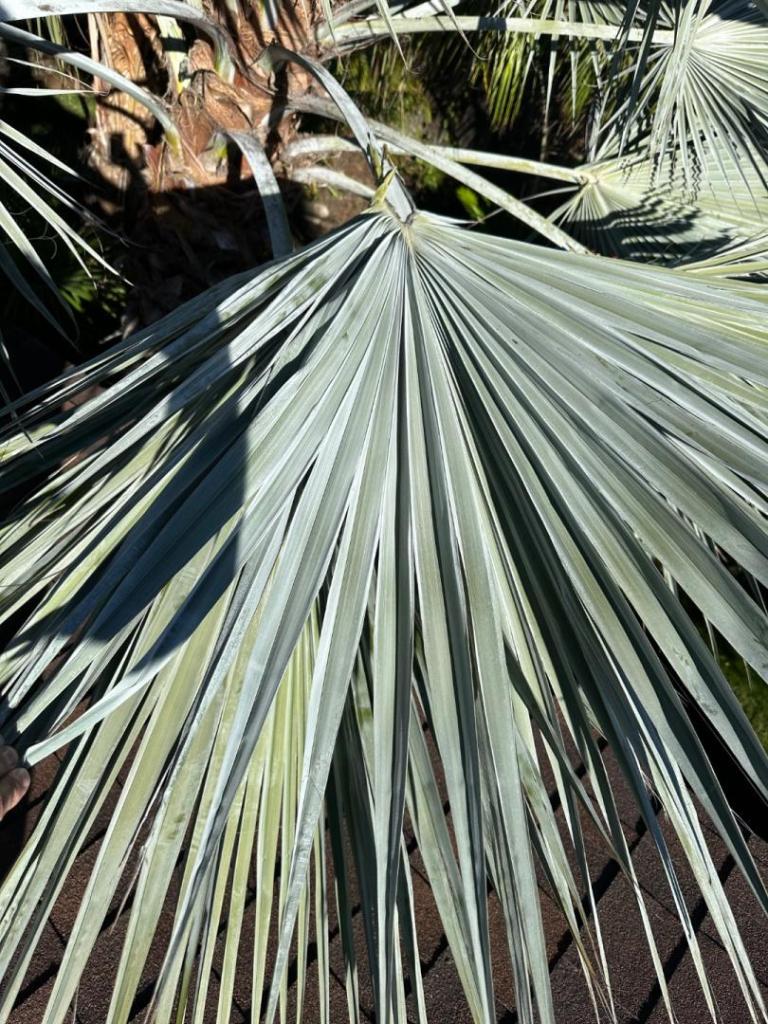

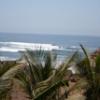
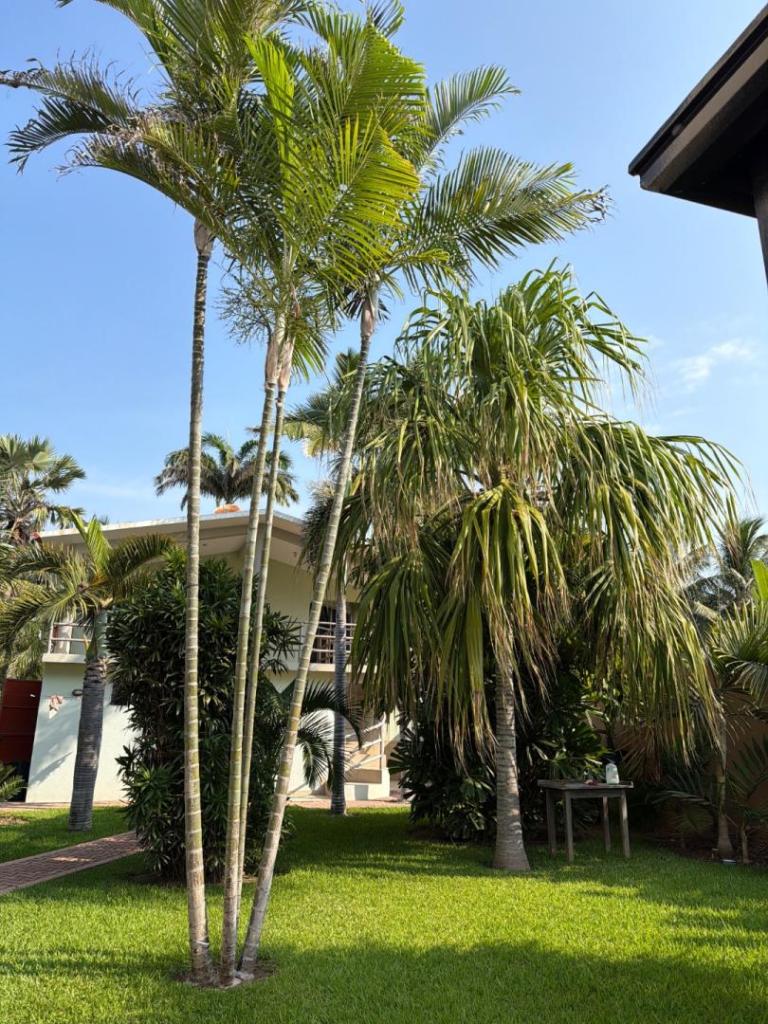



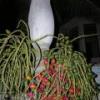



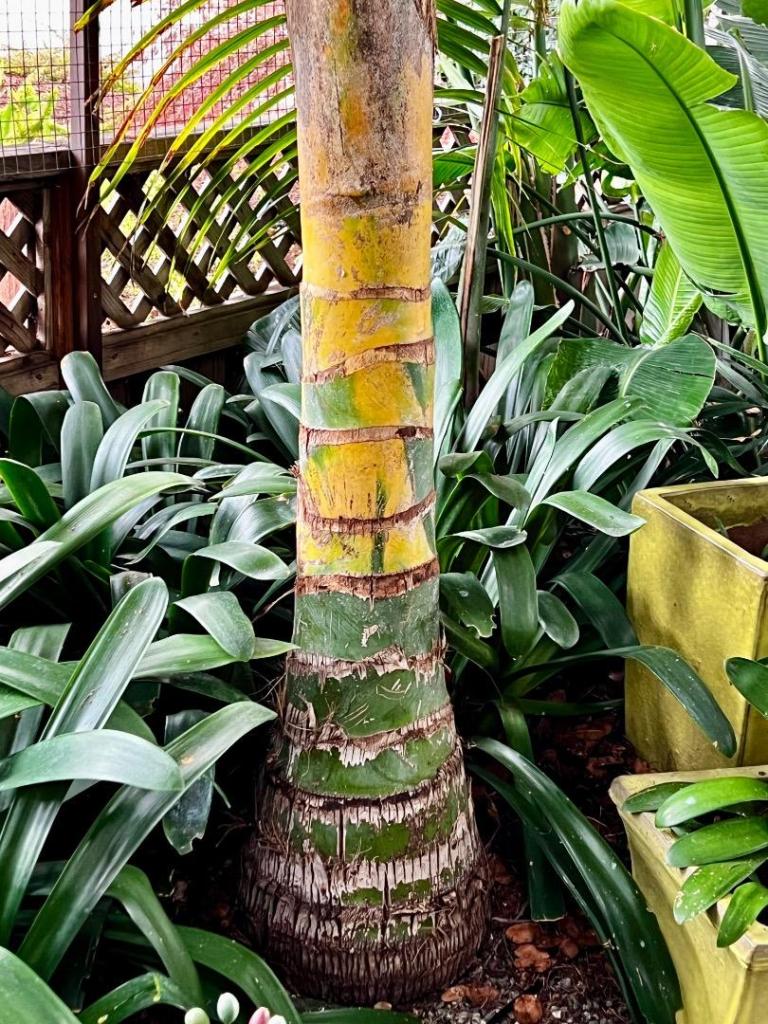
























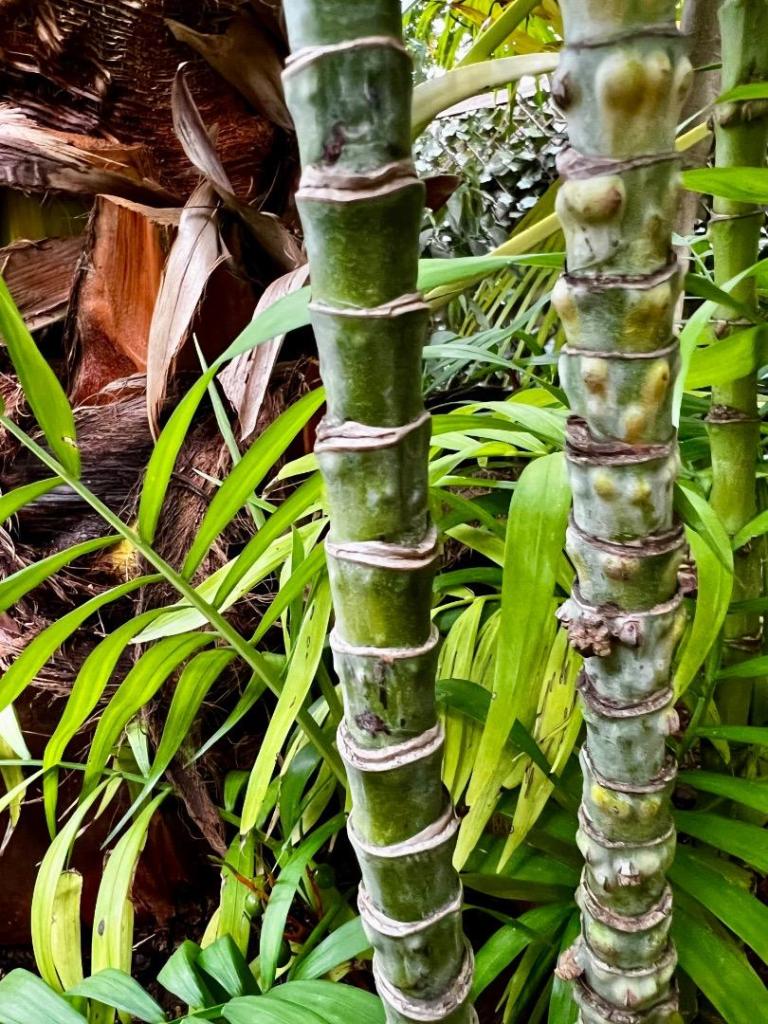





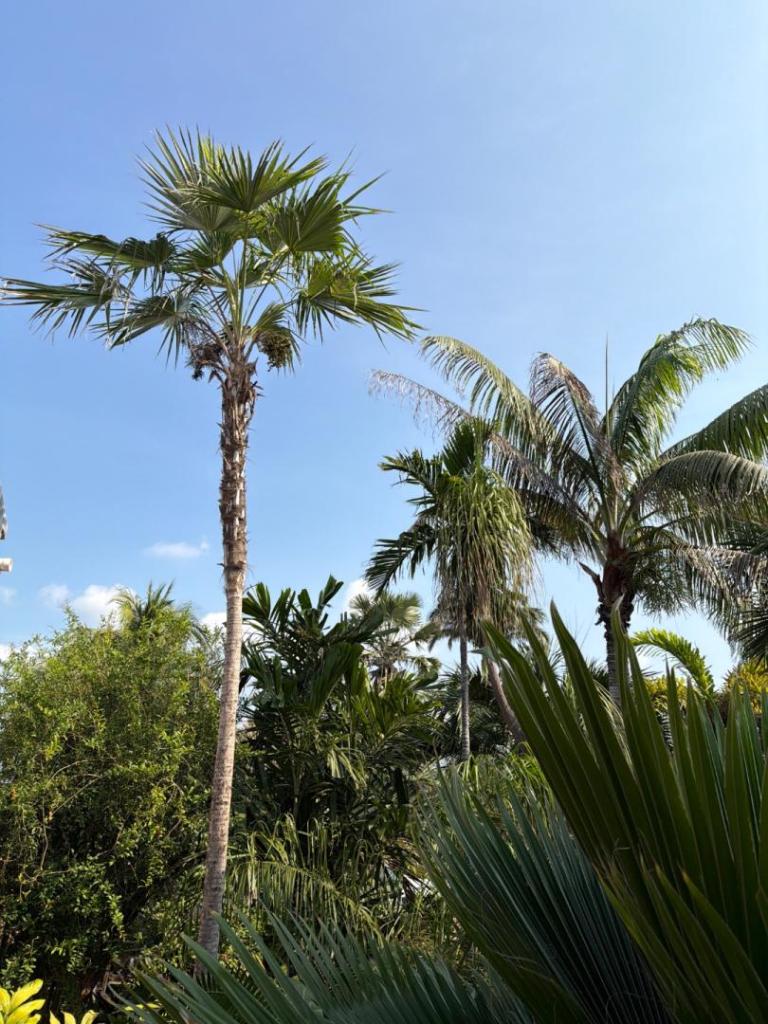






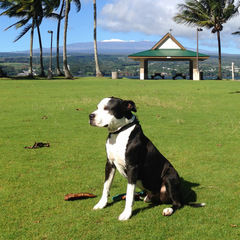
























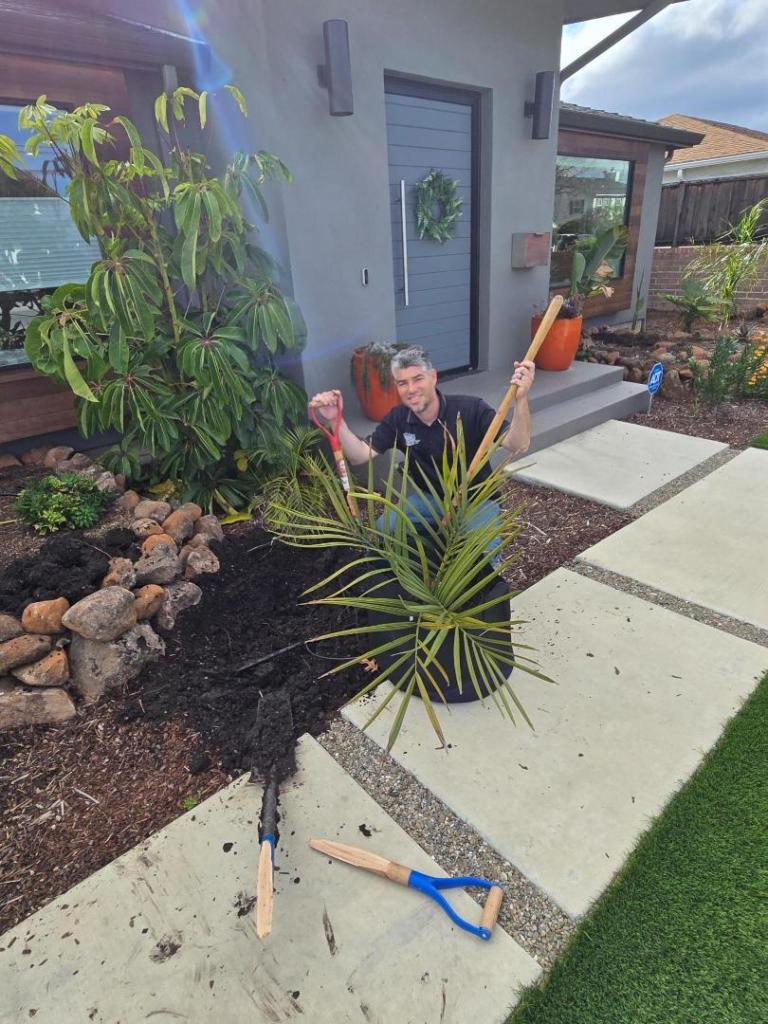
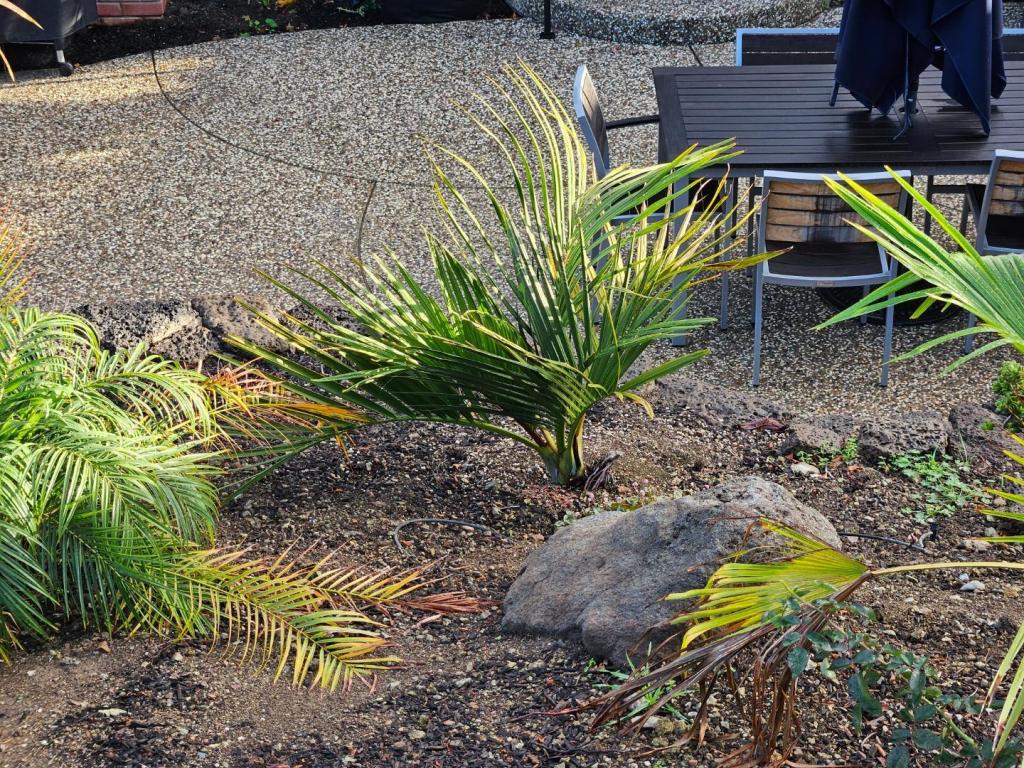



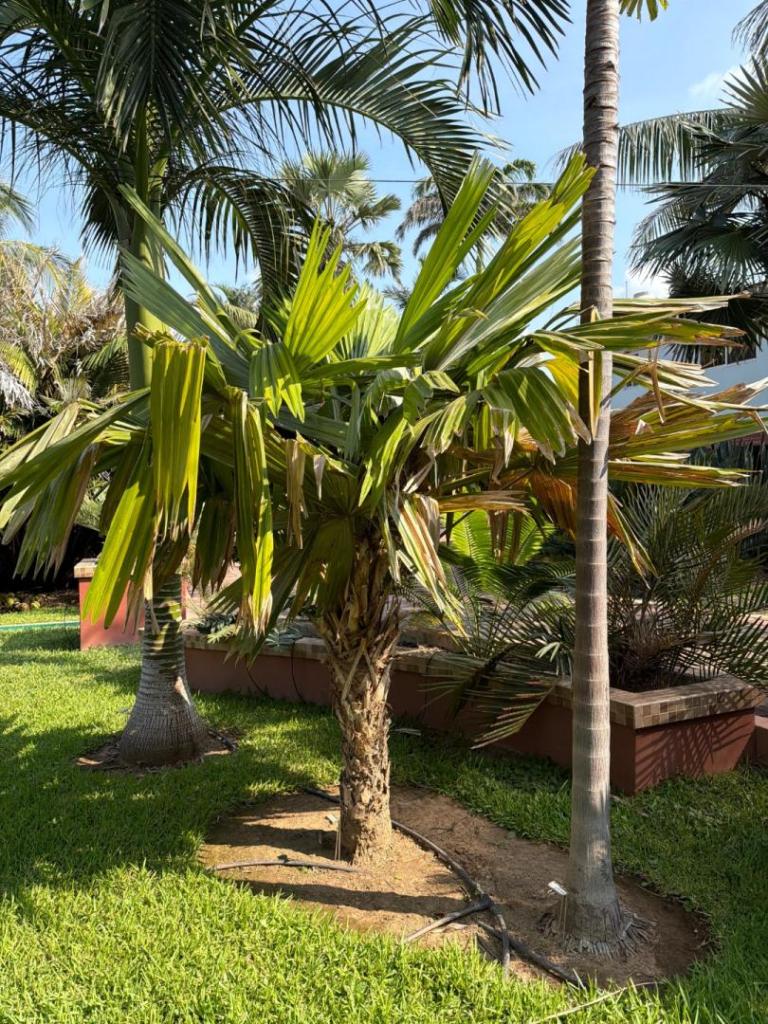





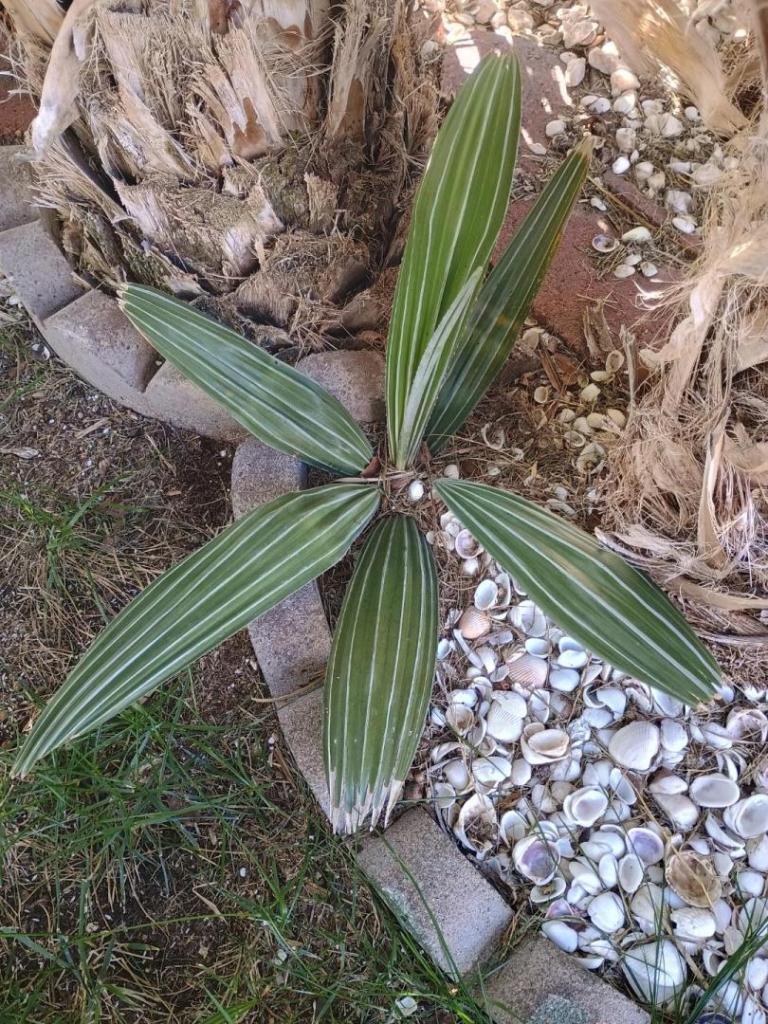

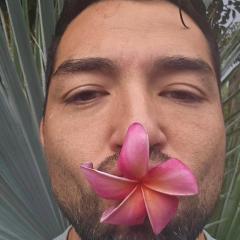

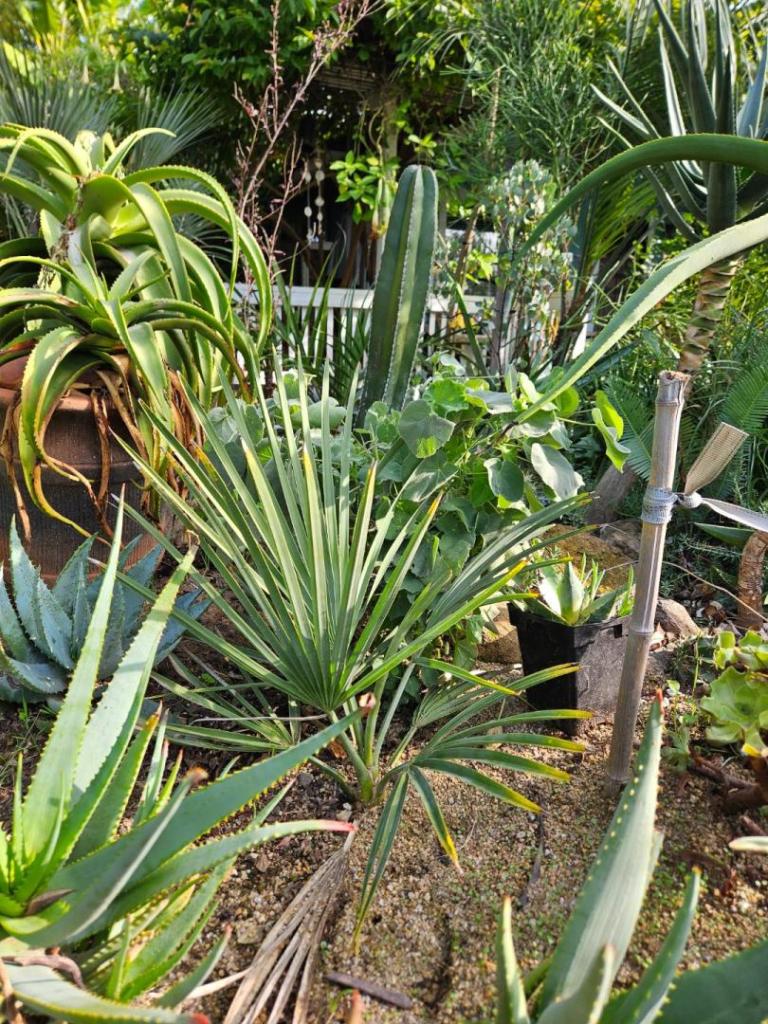
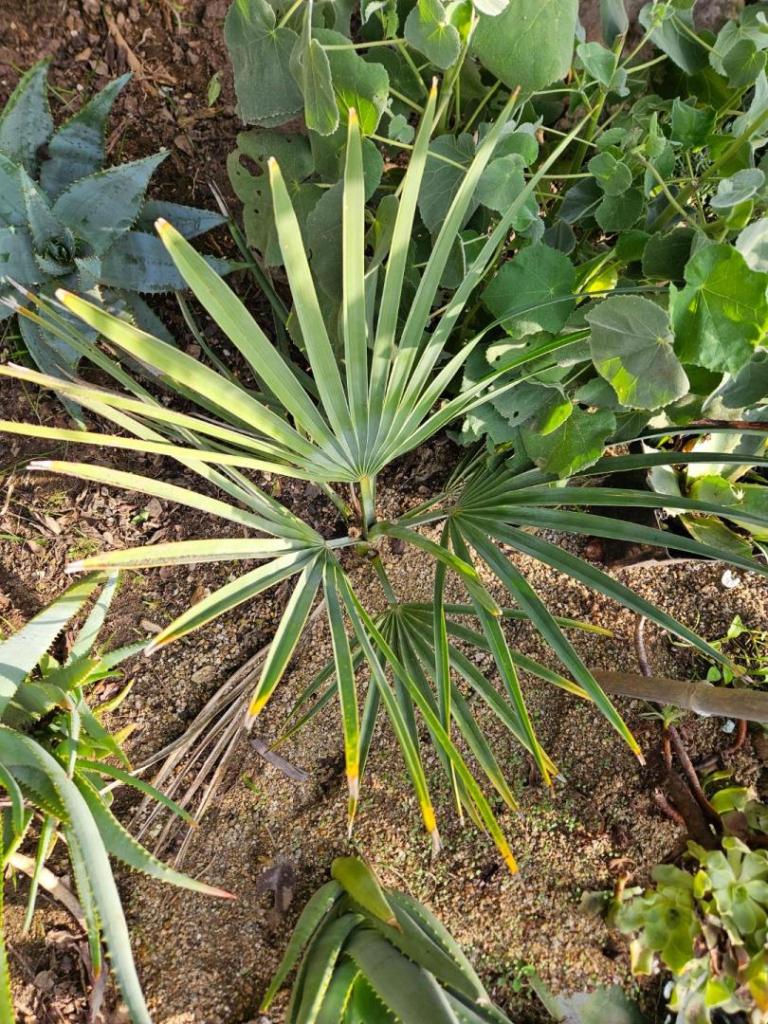
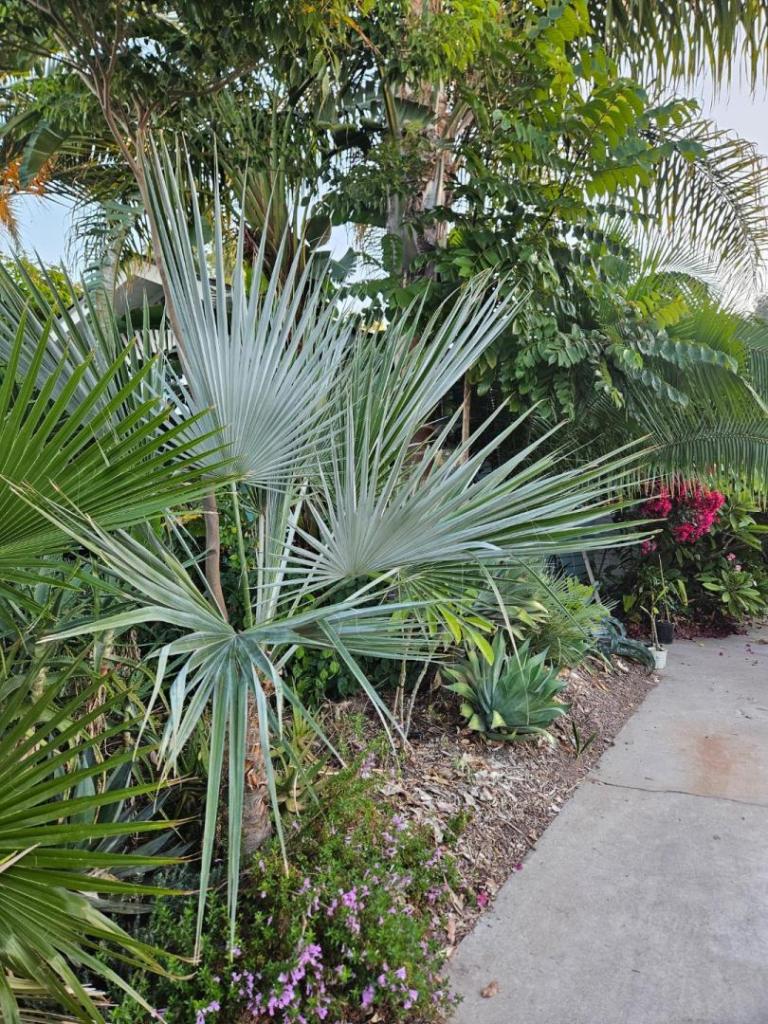
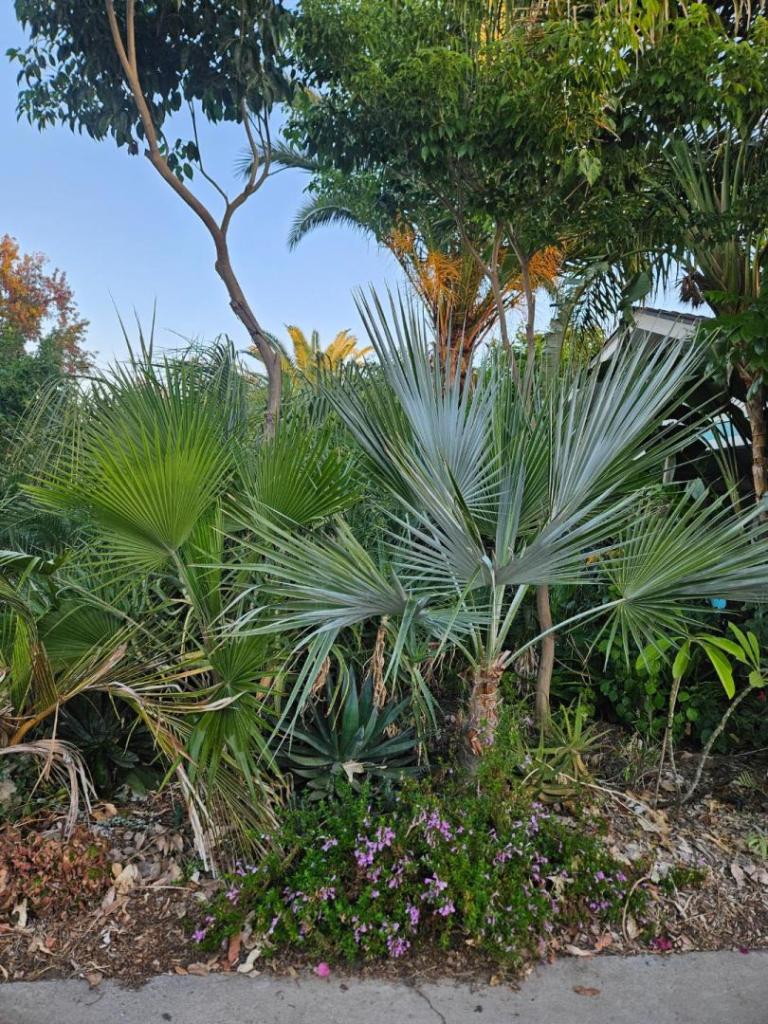
.thumb.jpg.ddc019347b8825c9948eb93e0791563a.jpg)
.thumb.jpg.c29ebfa2969c2919509b15e1c13f170d.jpg)
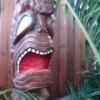

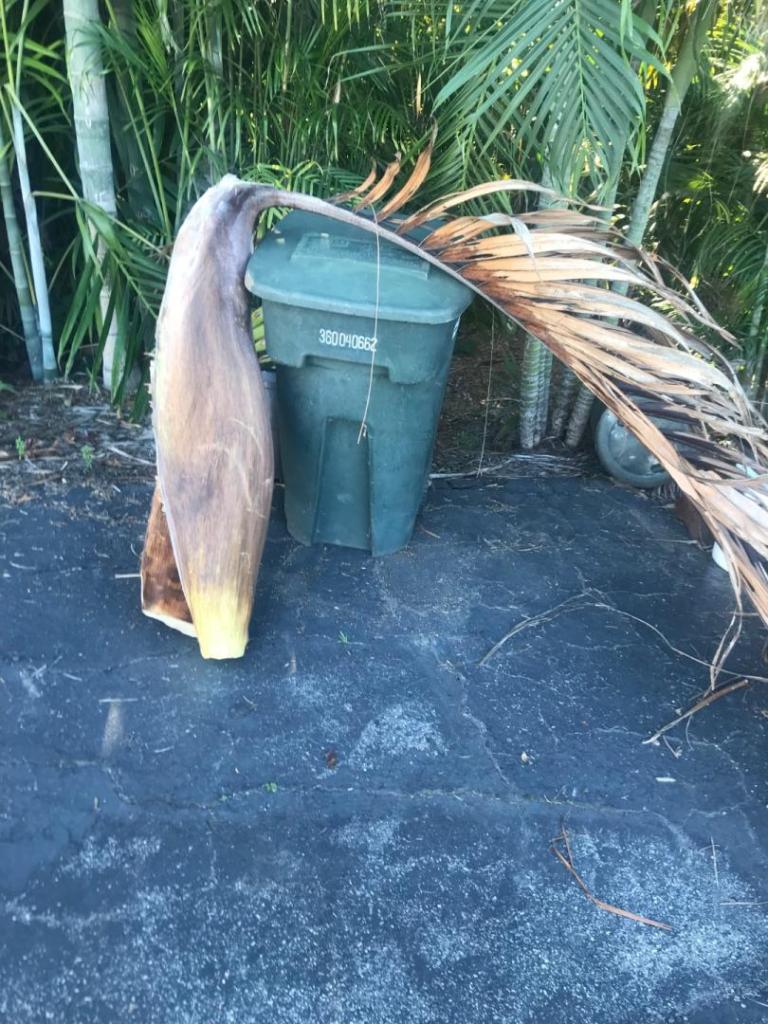
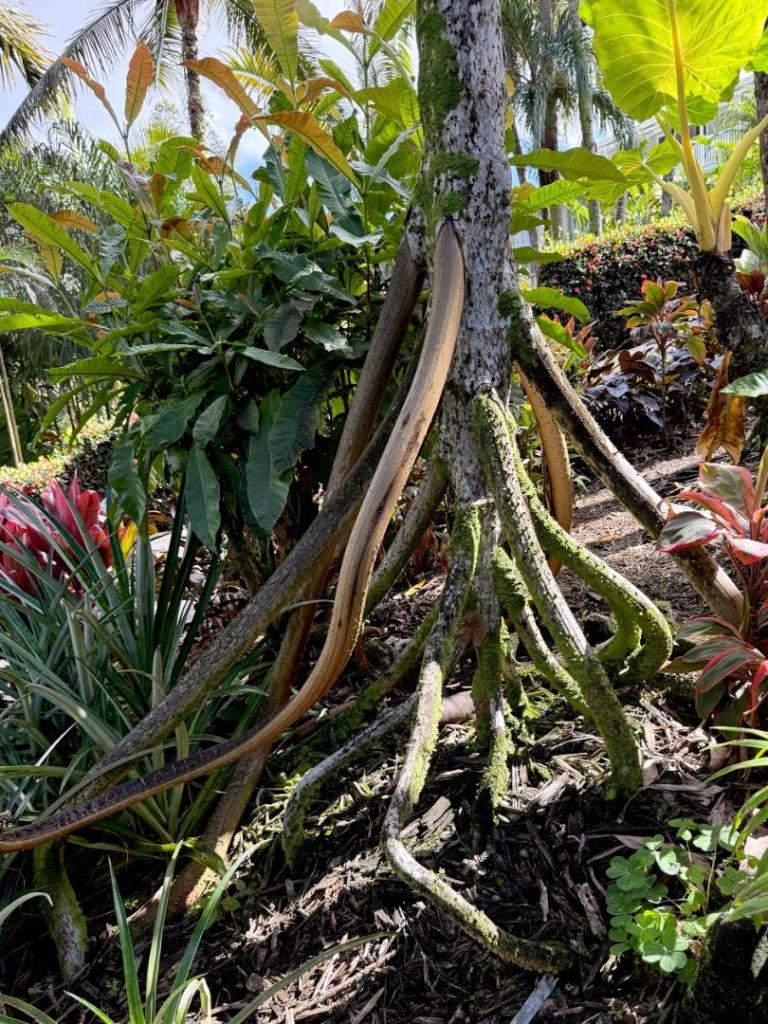


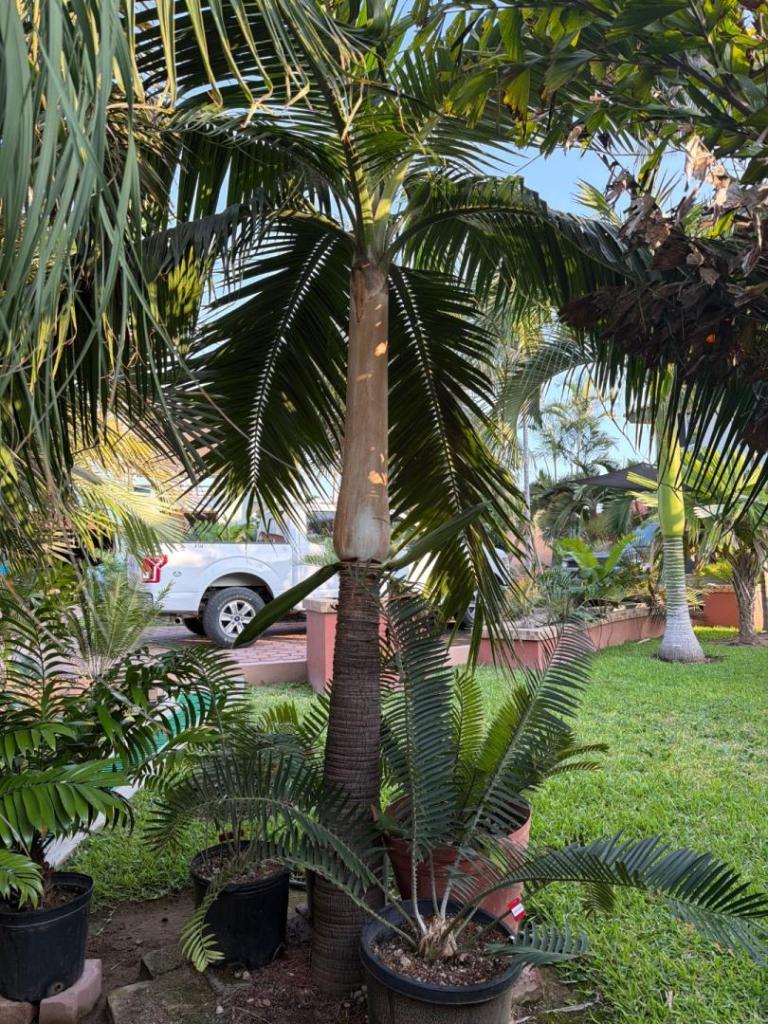
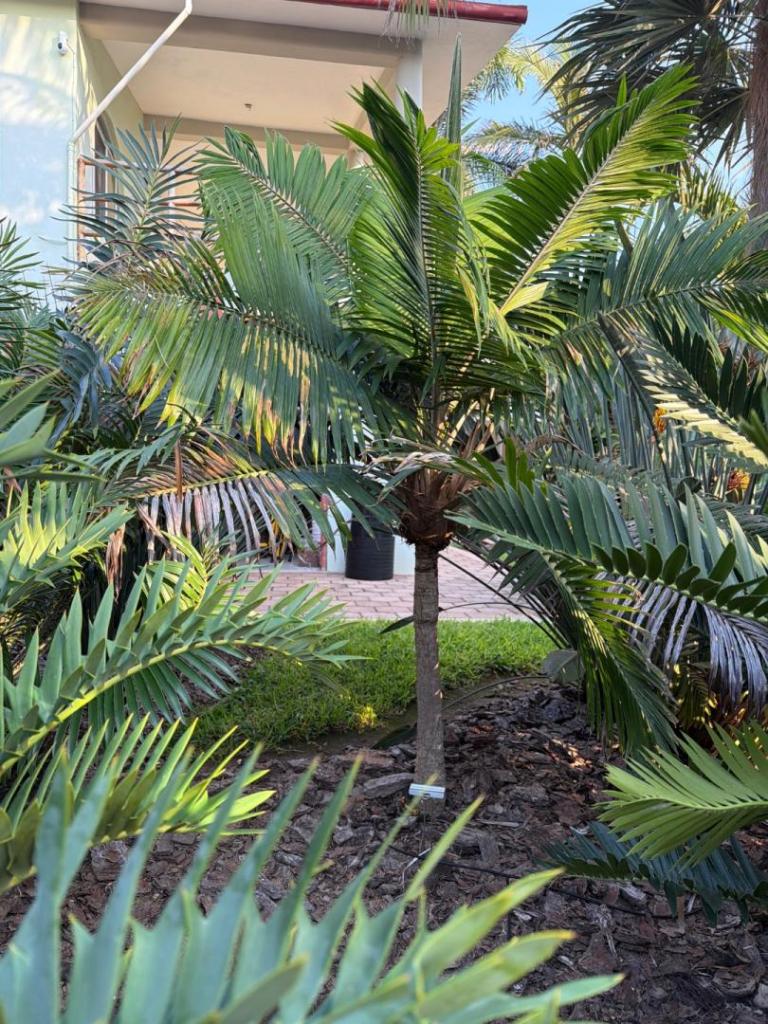


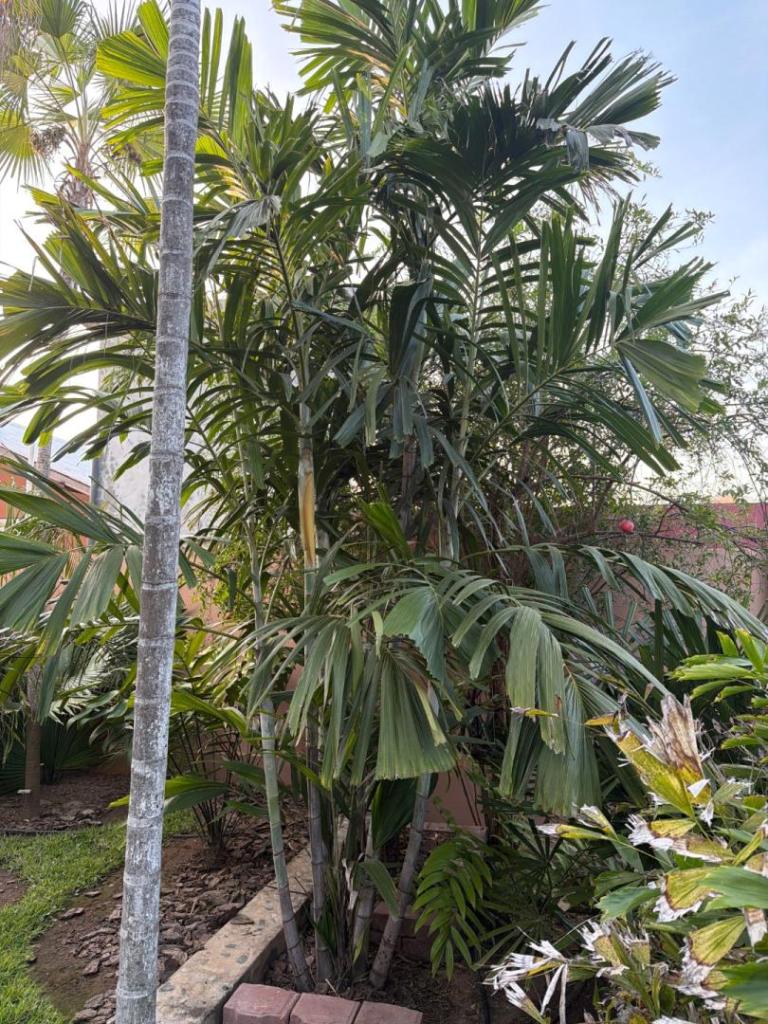
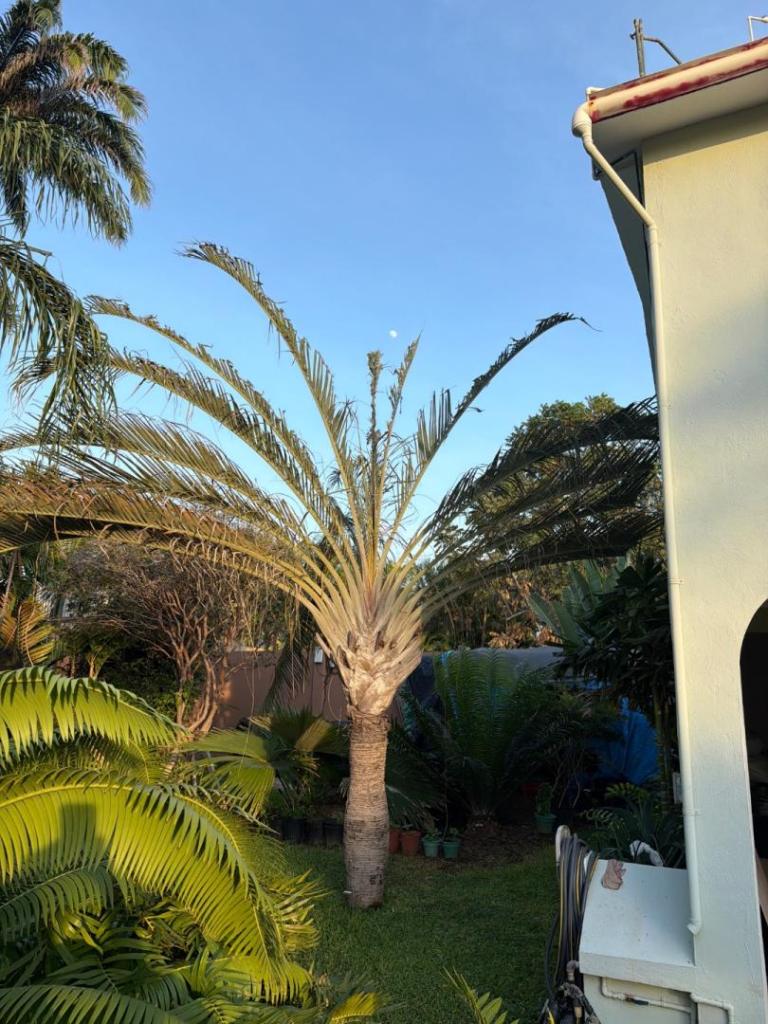
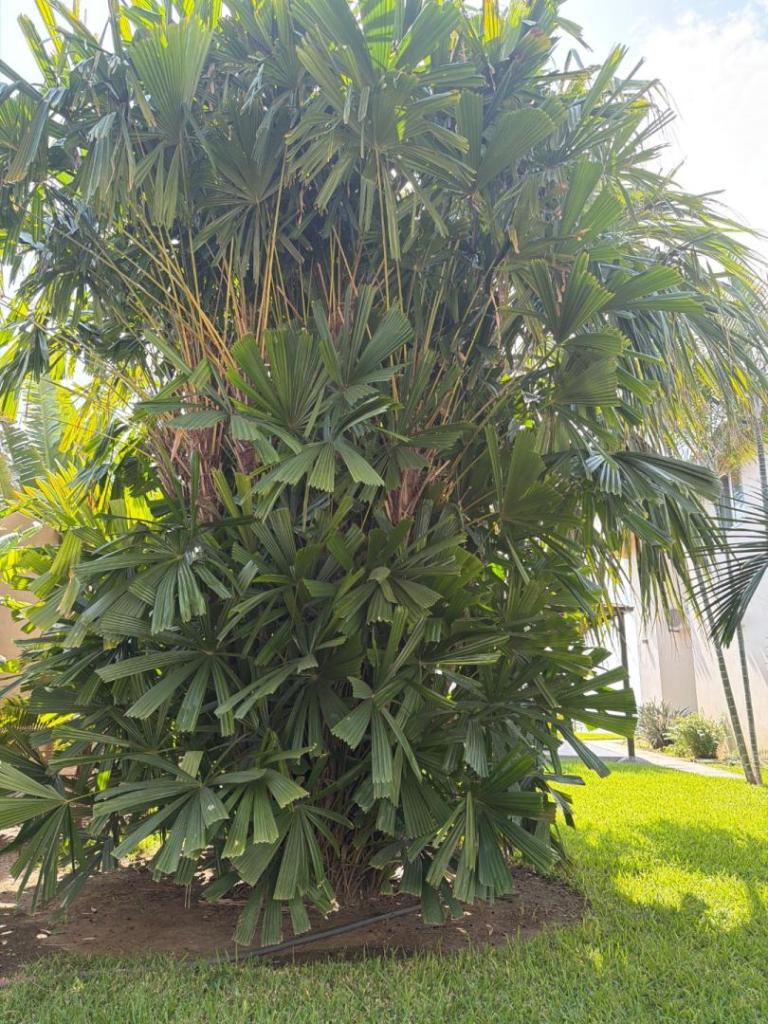

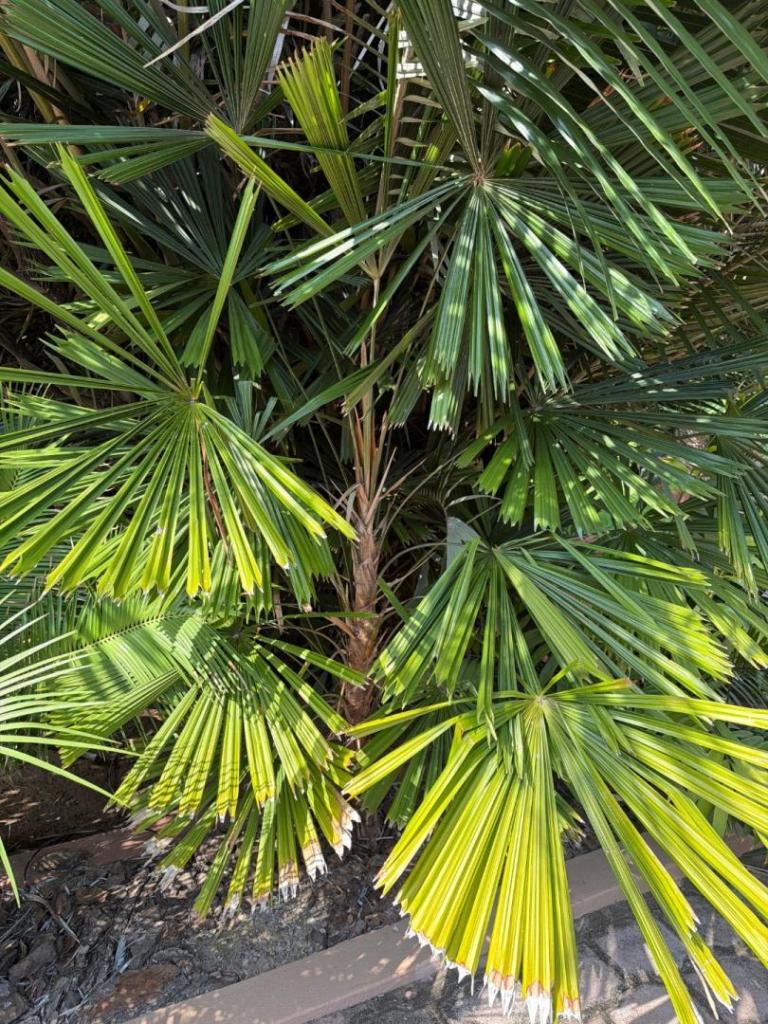
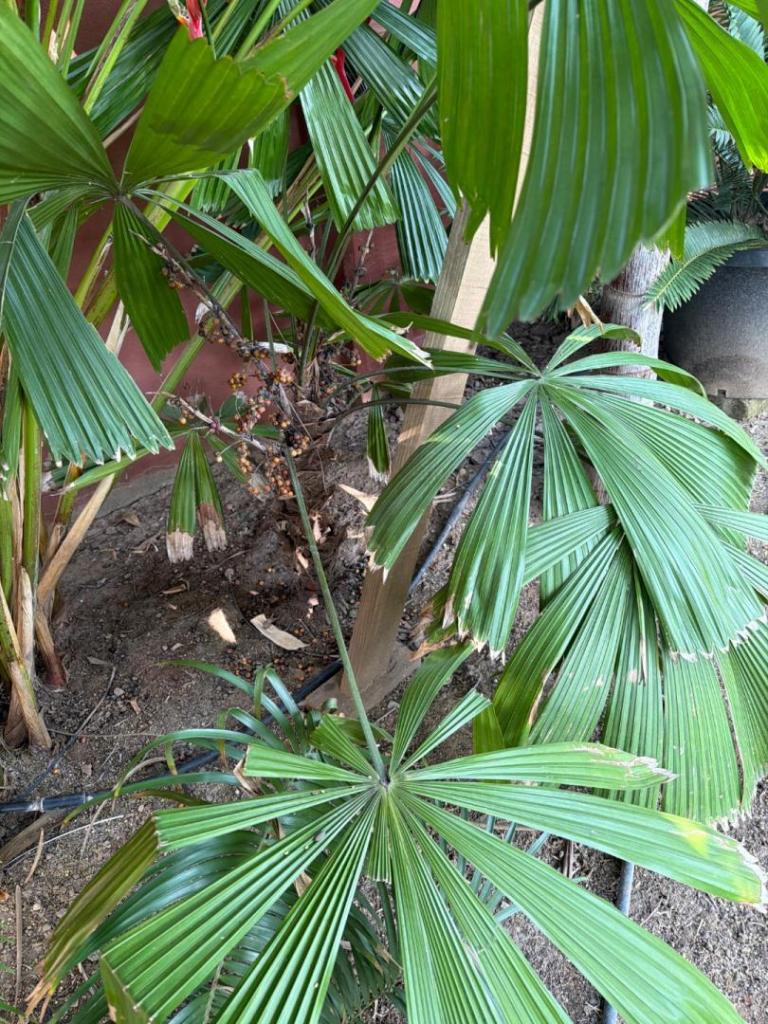

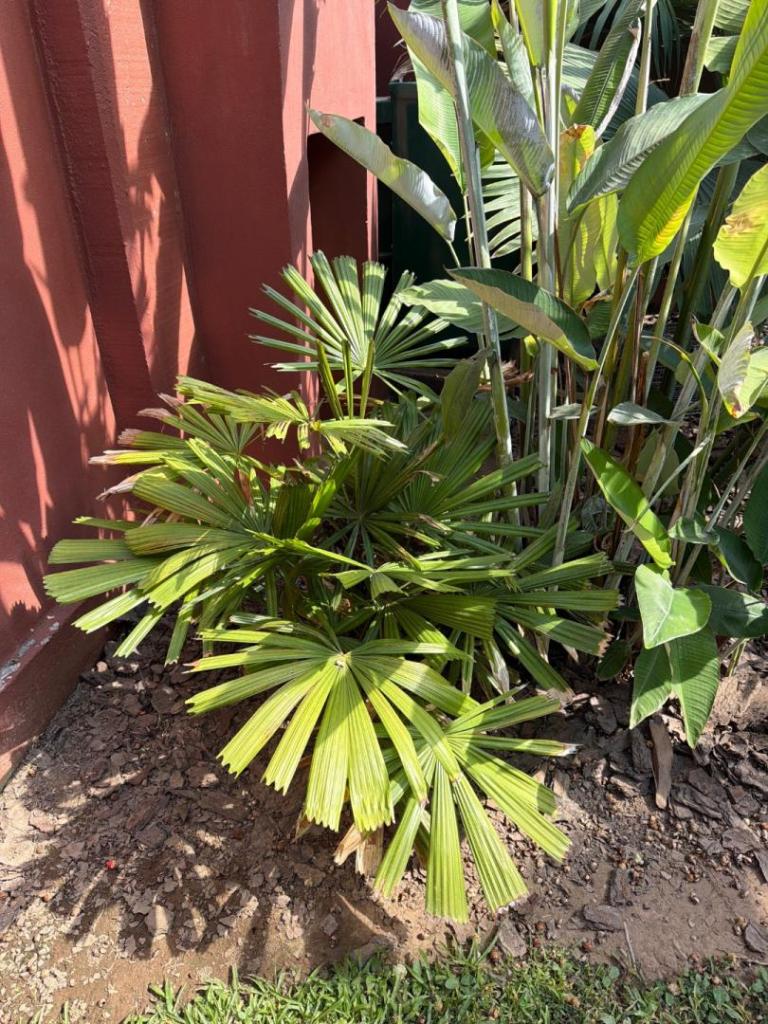
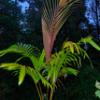

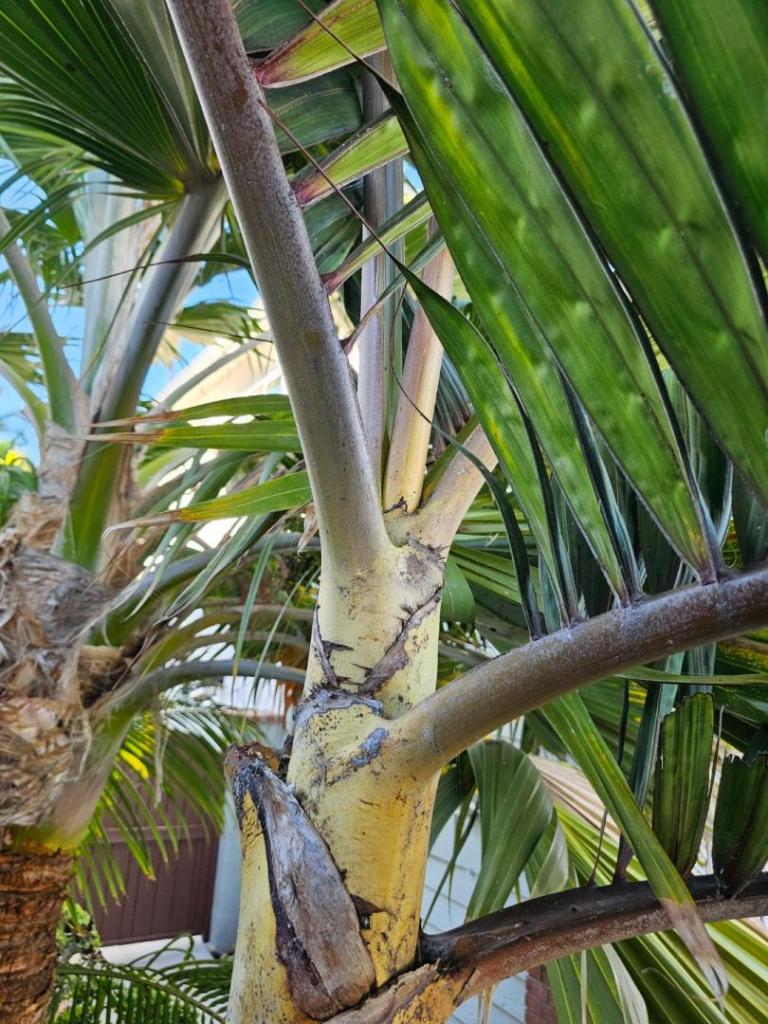
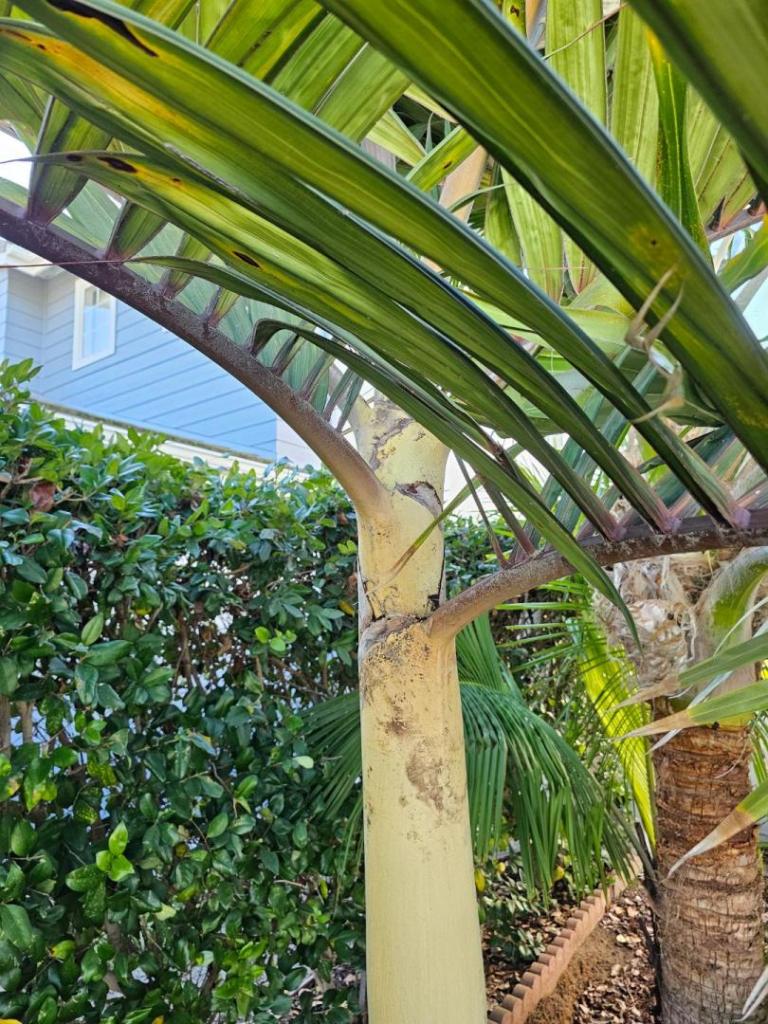
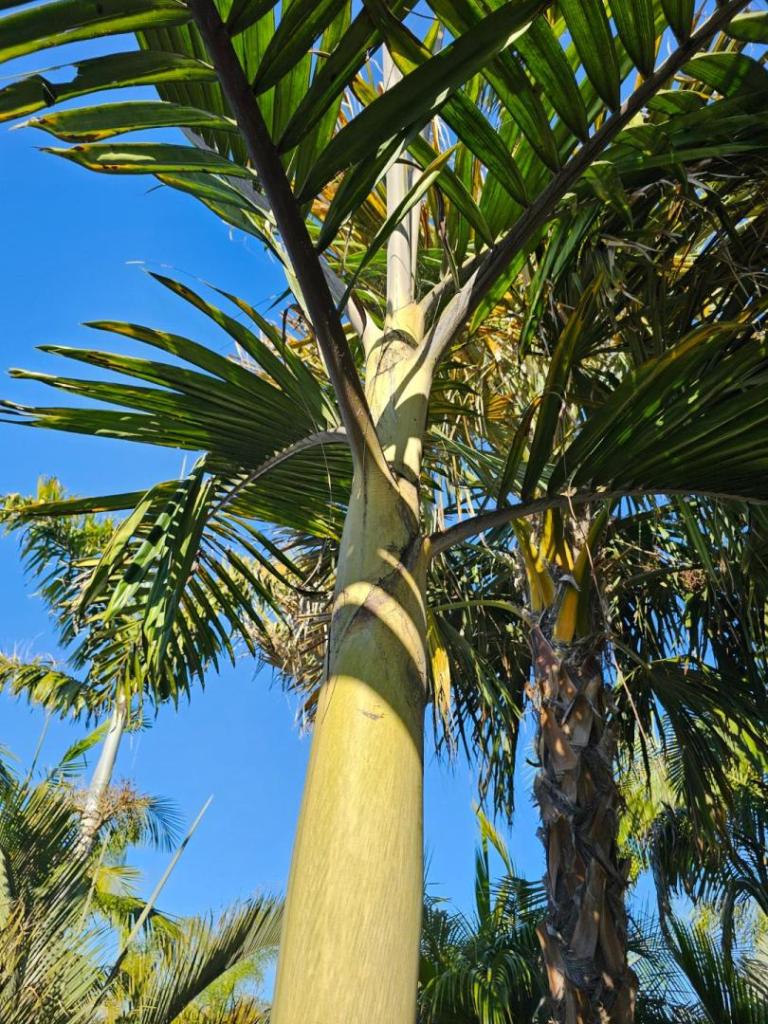
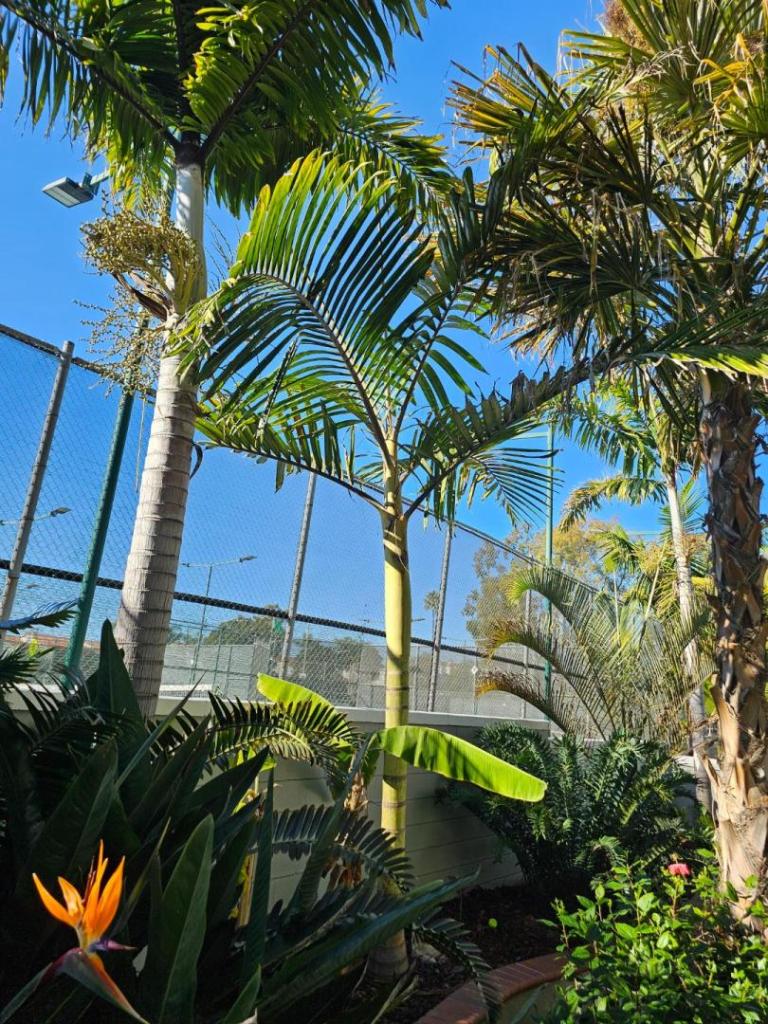
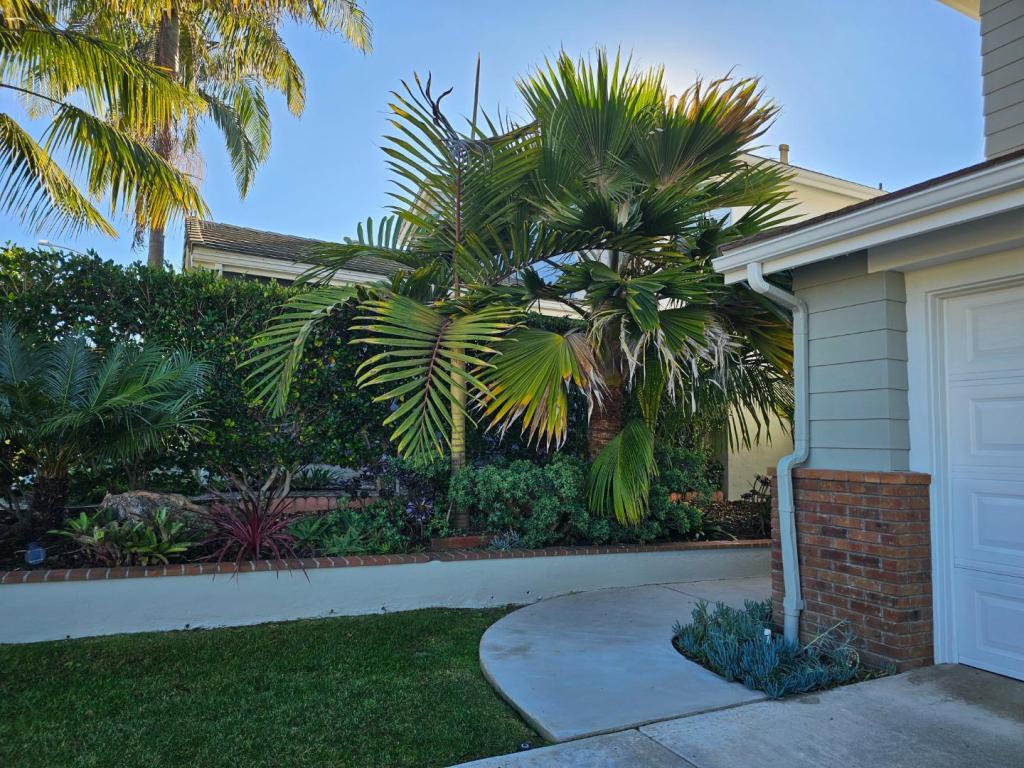


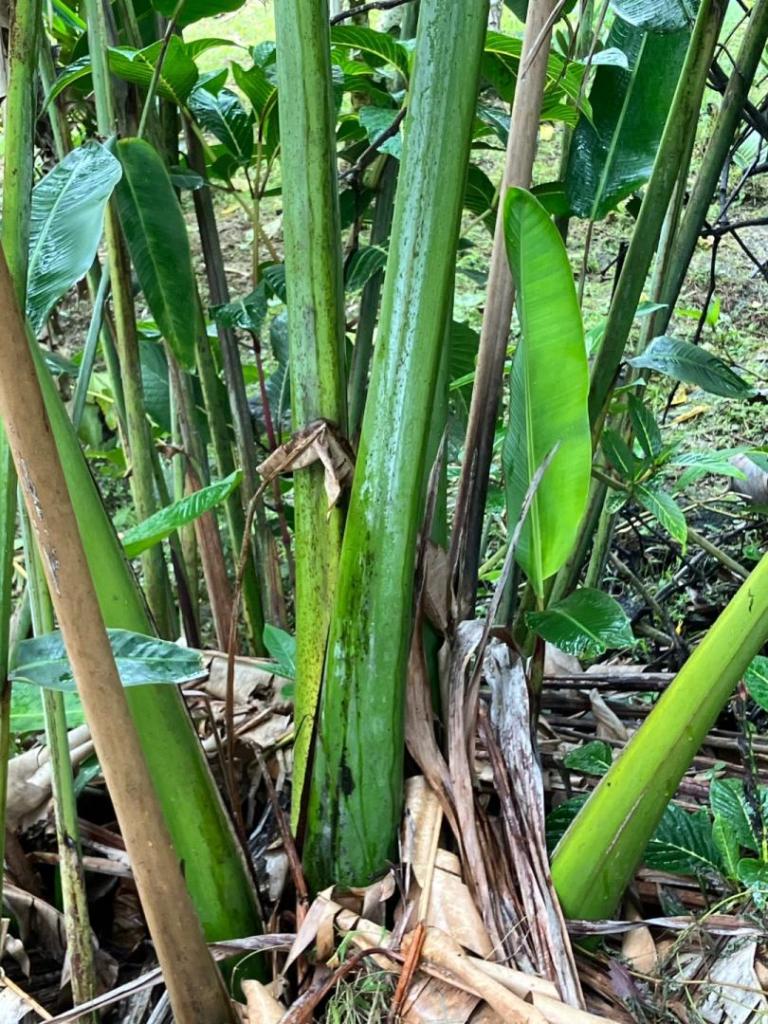




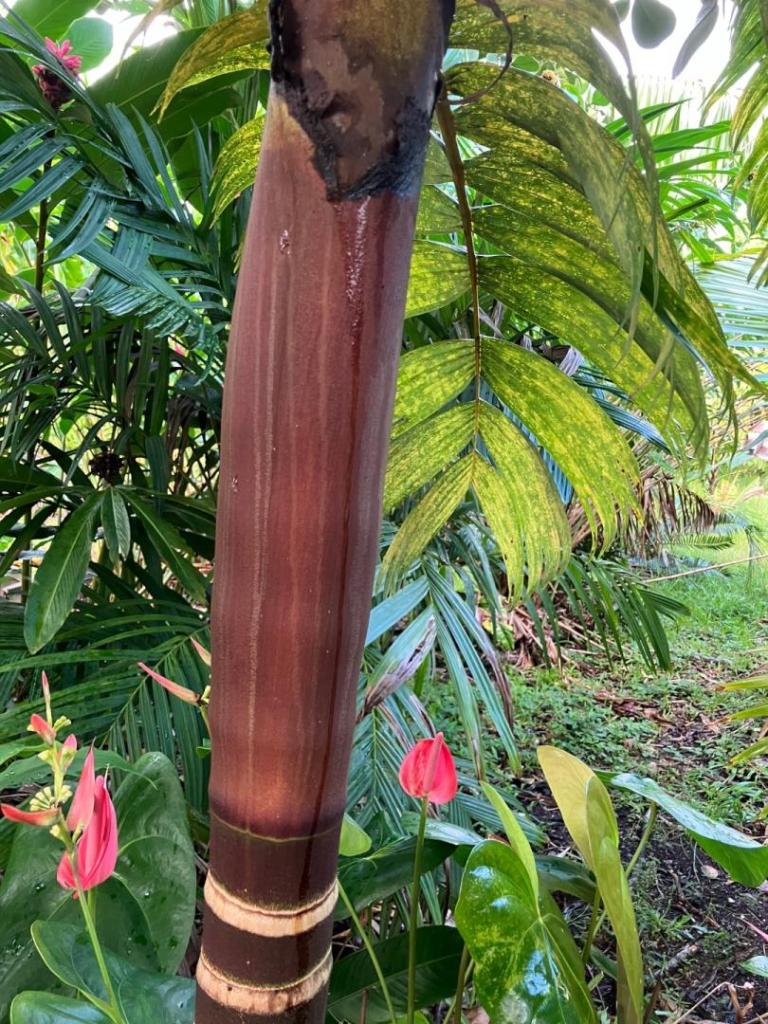
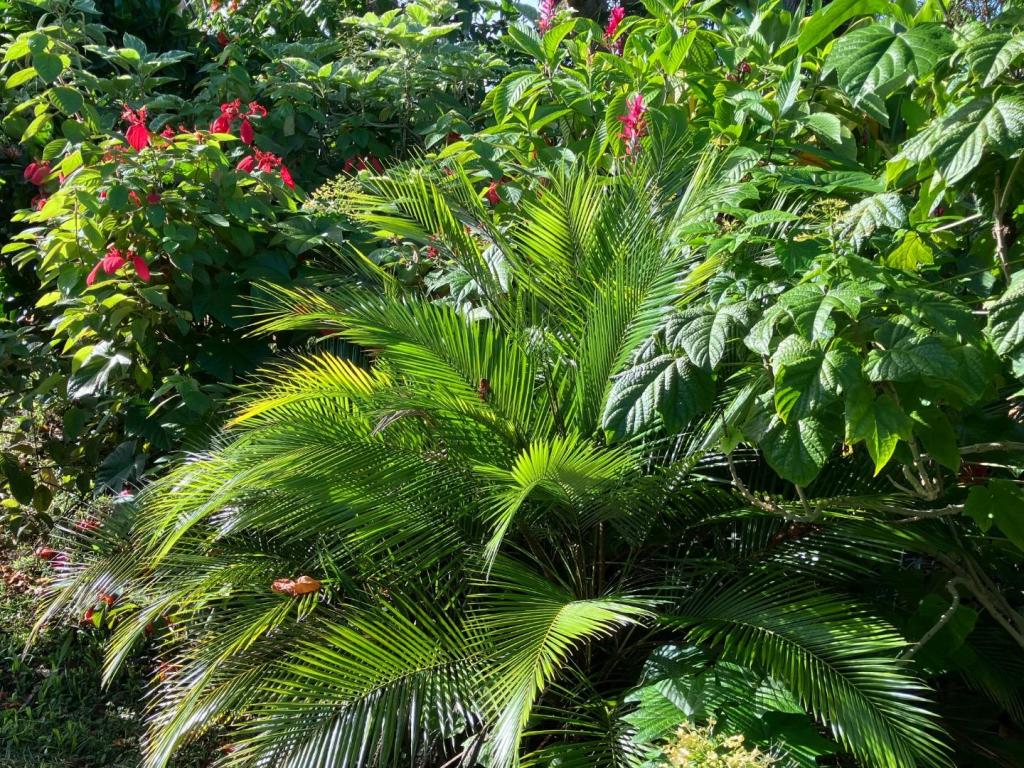

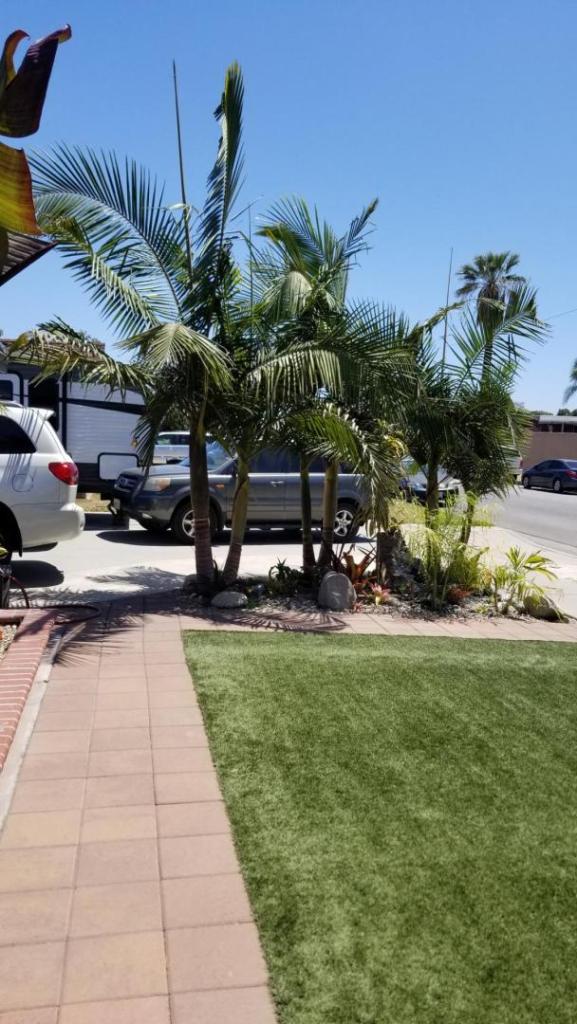















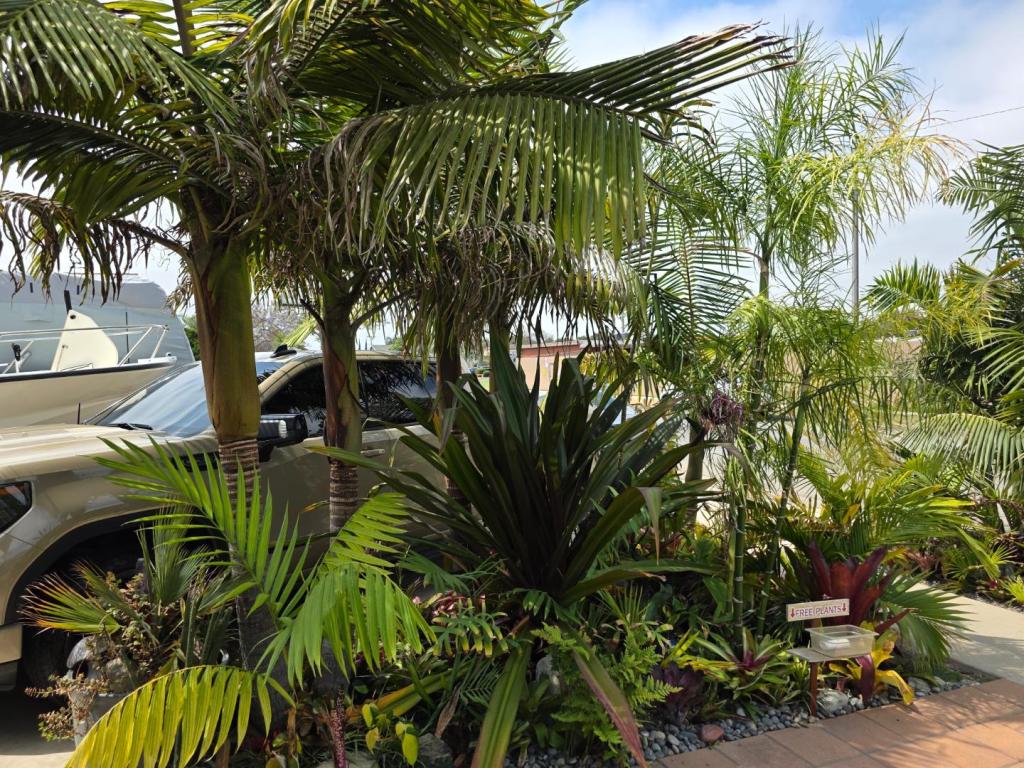






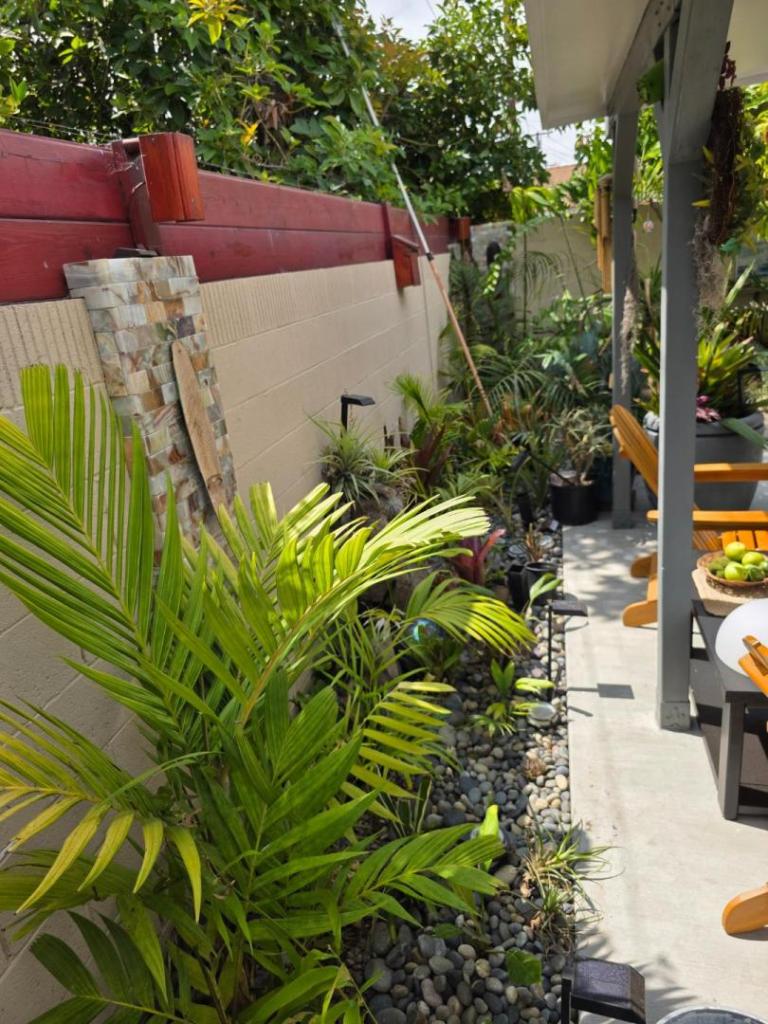








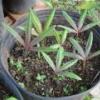



















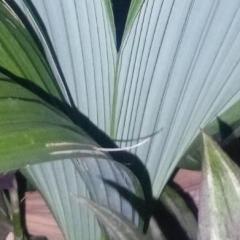
(1).thumb.jpg.52e95d0127a238f02f07d99bcb4ec20e.jpg)
.thumb.jpg.8819031406de6b8f7785b3f2fe77d630.jpg)



